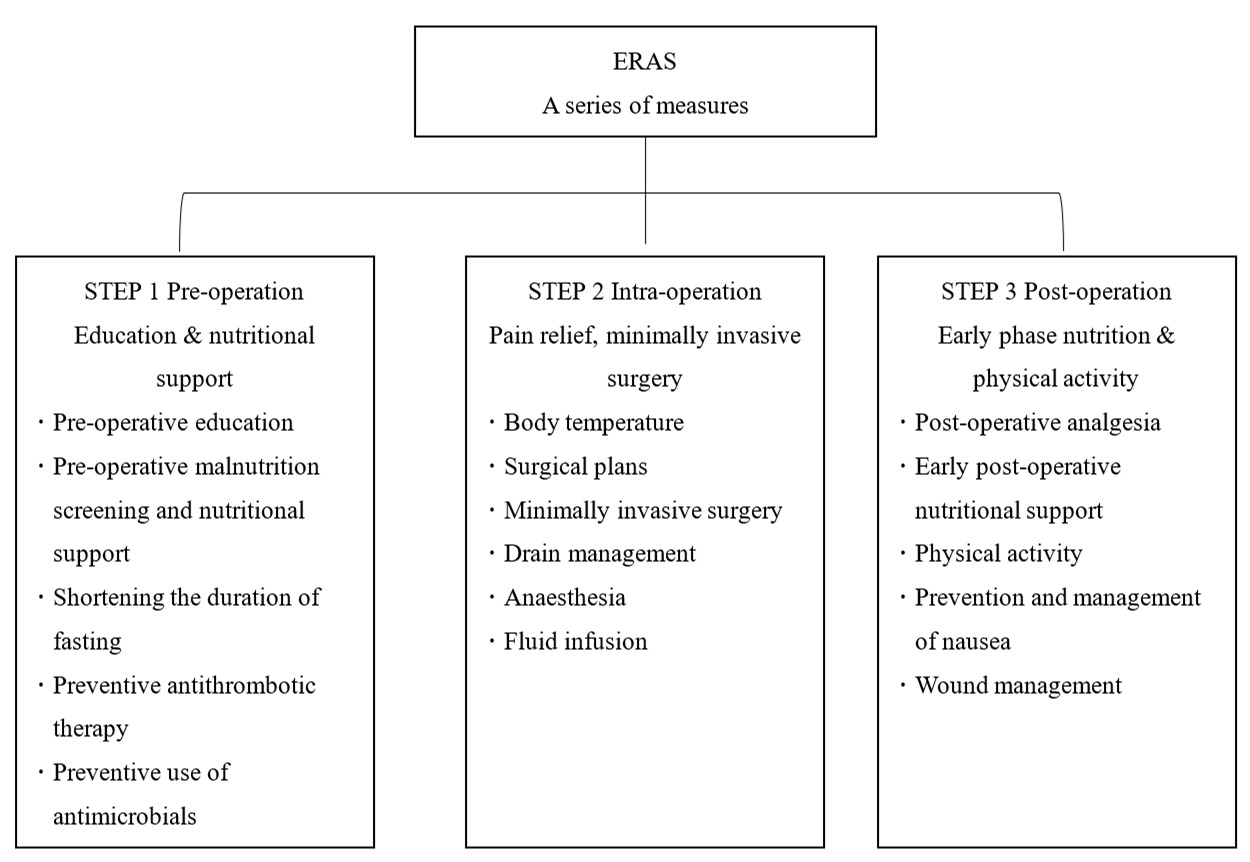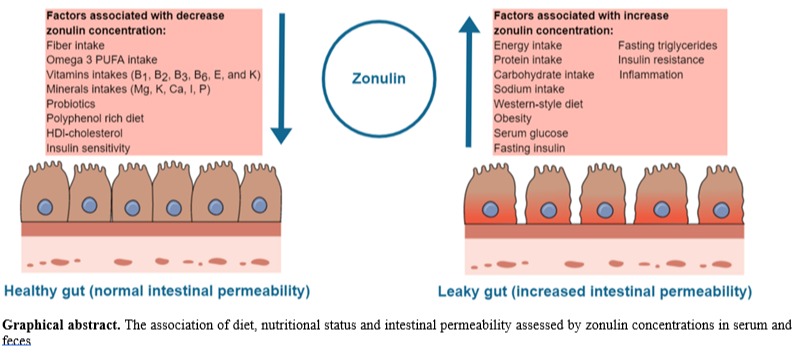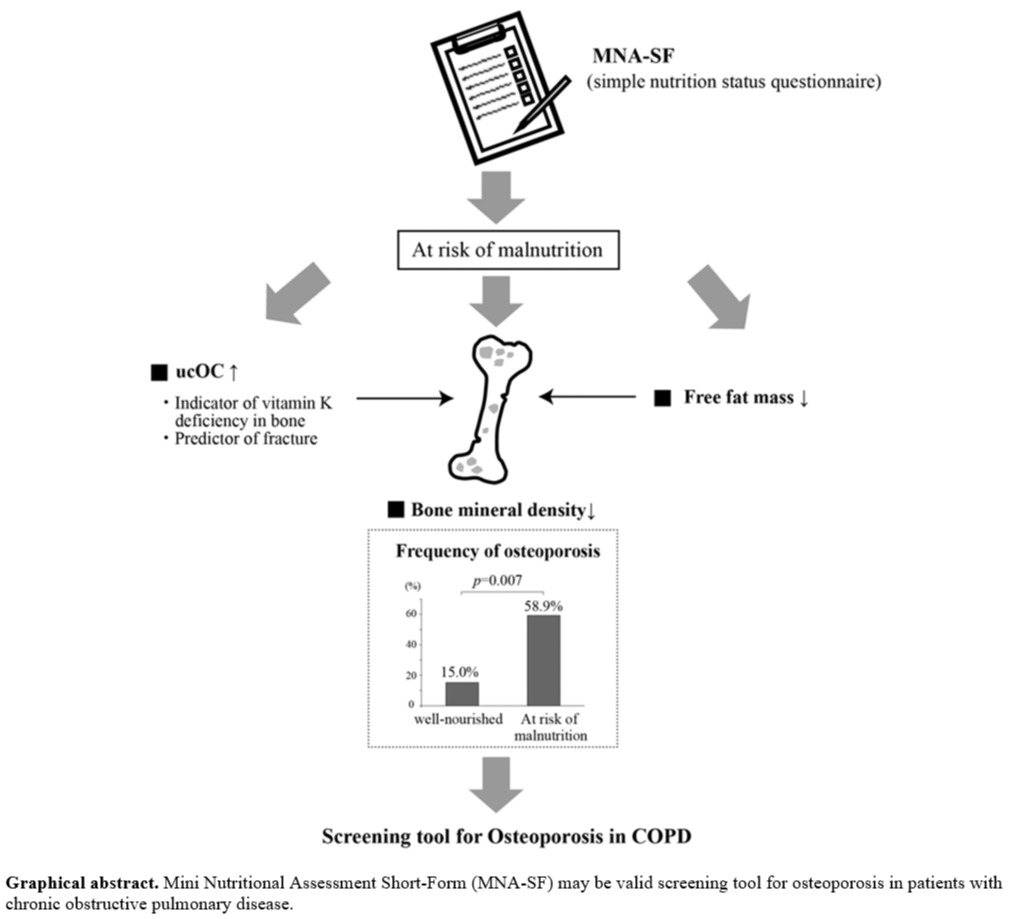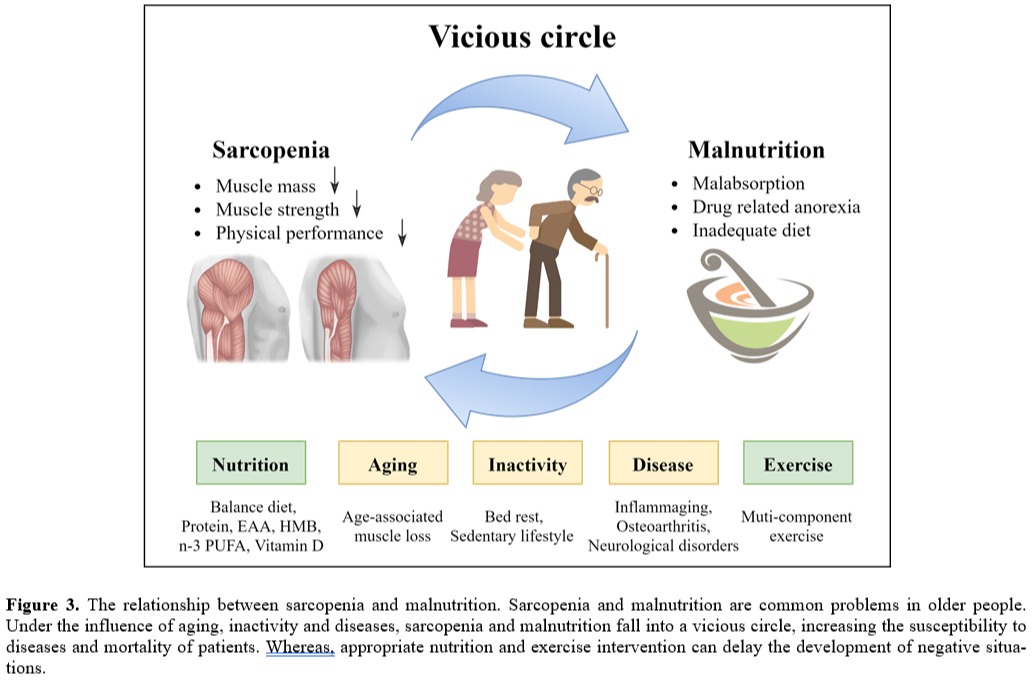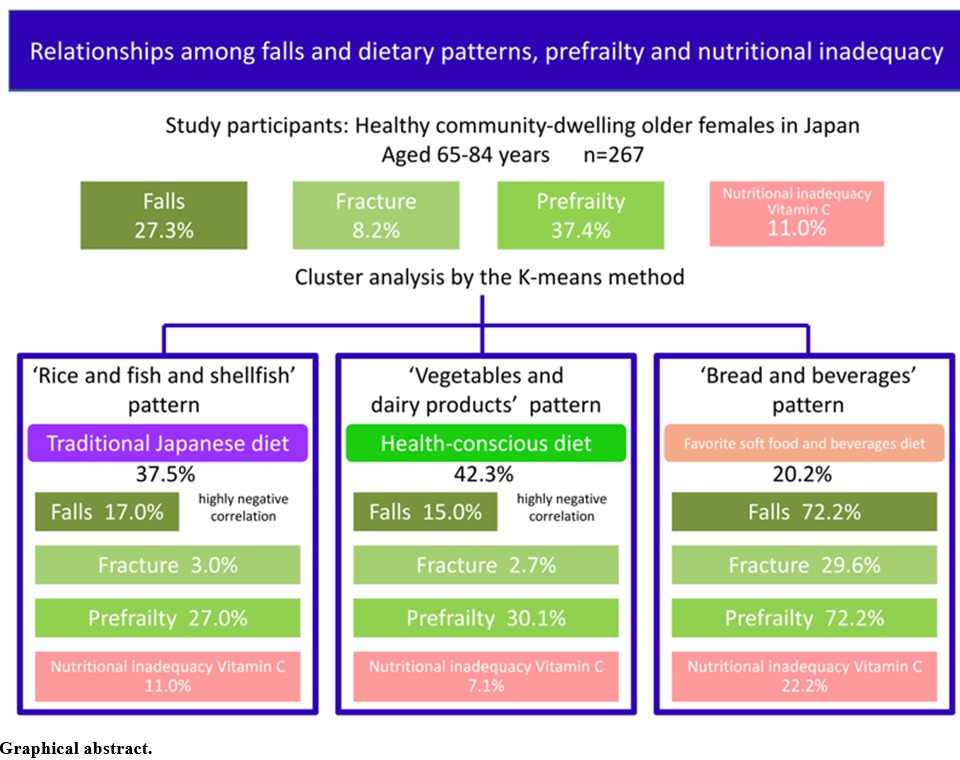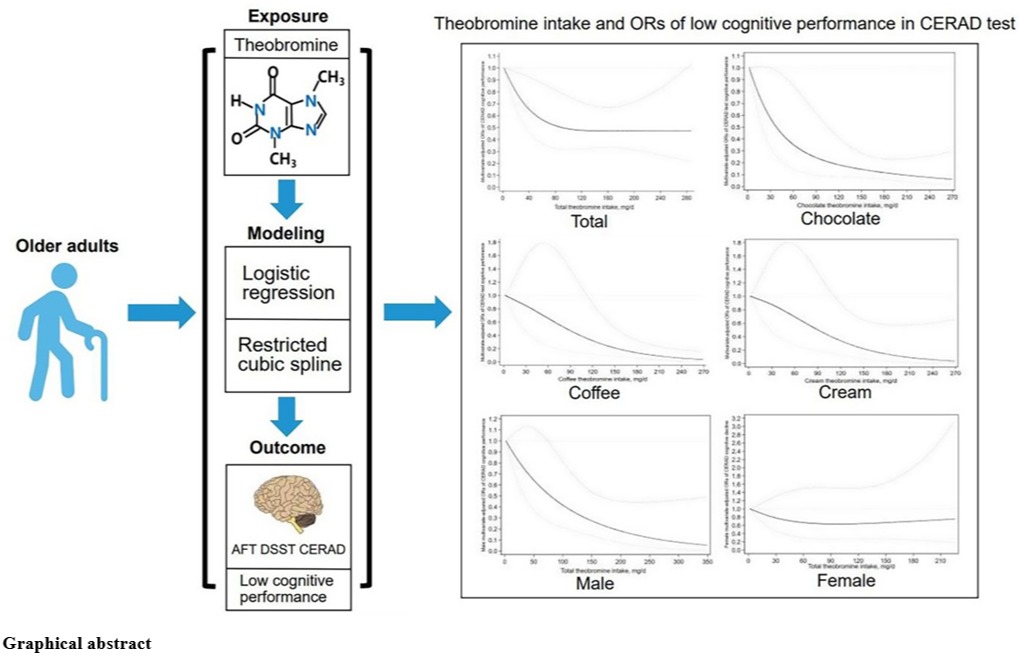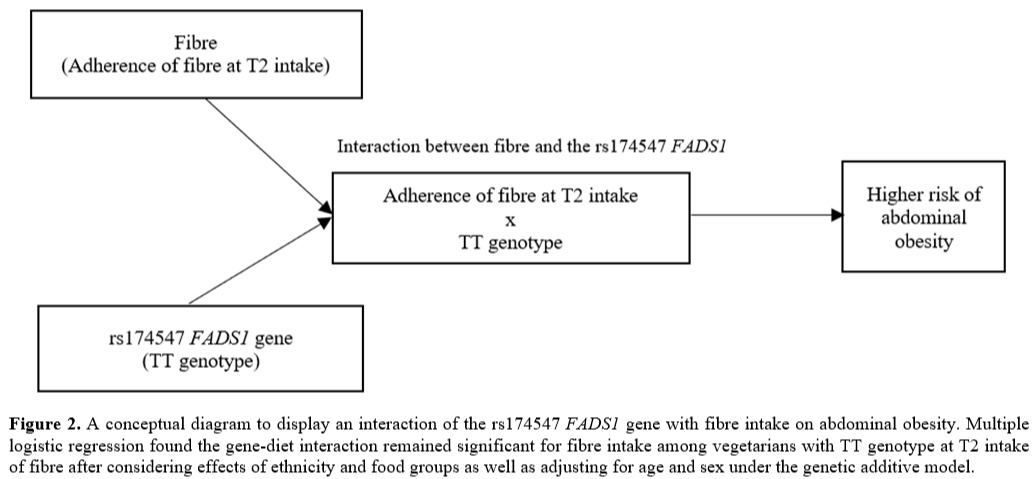Co-ingestion of traditional Japanese barley mixed rice (Mugi gohan) with yam paste in healthy Japanese adults decreases postprandial glucose and insulin secretion in a randomized crossover trial
▪ Author : T Matsuoka, A Yamaji, C Kurosawa, M Shinohara, I Takayama, H Nakagomi, K Izumi, Y Ichikawa, N Hariya, K Mochizuki
▪ Keyword : barley, yam, glycemic index, glucose, insulin
▪ Content : Background and Objectives: Barley mixed rice, “Mugi gohan,” is traditionally eaten with yam paste in Ja-pan. Both ingredients contain dietary fiber and reportedly reduce postprandial hyperglycemia. However, evi-dence supporting the benefits of combining barley mixed rice with yam paste is limited. In this study, we evaluated whether ingesting a combination of barley mixed rice and yam paste affected postprandial blood glucose concentration and insulin secretion. Methods and Study Design: This study followed an open-label, randomized controlled crossover design, following the unified protocol of the Japanese Association for the Study of Glycemic Index.
